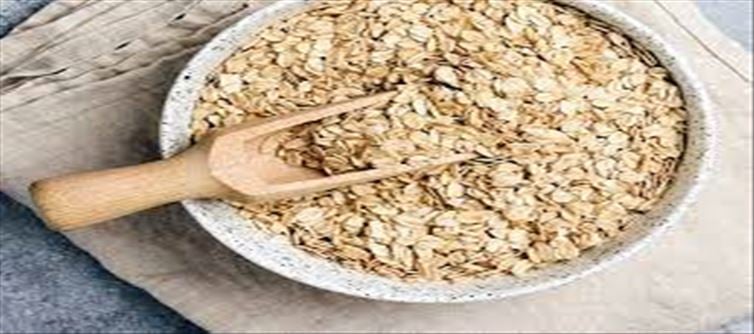
Defects in oats can occur due to various factors and can impact their quality, appearance, and taste.Oats may develop discoloration due to improper storage conditions or exposure to moisture. This can lead to the oats appearing brown, black, or gray instead of their characteristic pale tan color.
Insect damage:
Oats can be susceptible to insect infestations, such as weevils or beetles, which can cause damage to the grains. Insect-damaged oats may have holes, tunnels, or insect remains, affecting their quality.
Foreign matter:
Foreign matter refers to any unwanted substances present in the oats, such as stones, dirt, or plant debris. It can occur during harvesting, transportation, or processing stages and can reduce the overall quality of the oats.
Mold or fungal contamination:
Moisture and poor storage conditions can lead to the growth of mold or fungi on oats. Moldy oats may have a musty odor, visible fungal growth, or a slimy texture. Consumption of mold-contaminated oats can pose health risks.
Broken or damaged grains:
Oats can become broken, crushed, or damaged during harvesting, processing, or transportation. These damaged grains can reduce the visual appeal of oats and affect their texture and cooking characteristics.
Chemical contamination:
In some cases, oats can be contaminated with chemicals such as pesticides, herbicides, or mycotoxins. This can happen if oats are grown in fields treated with such substances or stored improperly with other contaminated grains.




 click and follow Indiaherald WhatsApp channel
click and follow Indiaherald WhatsApp channel